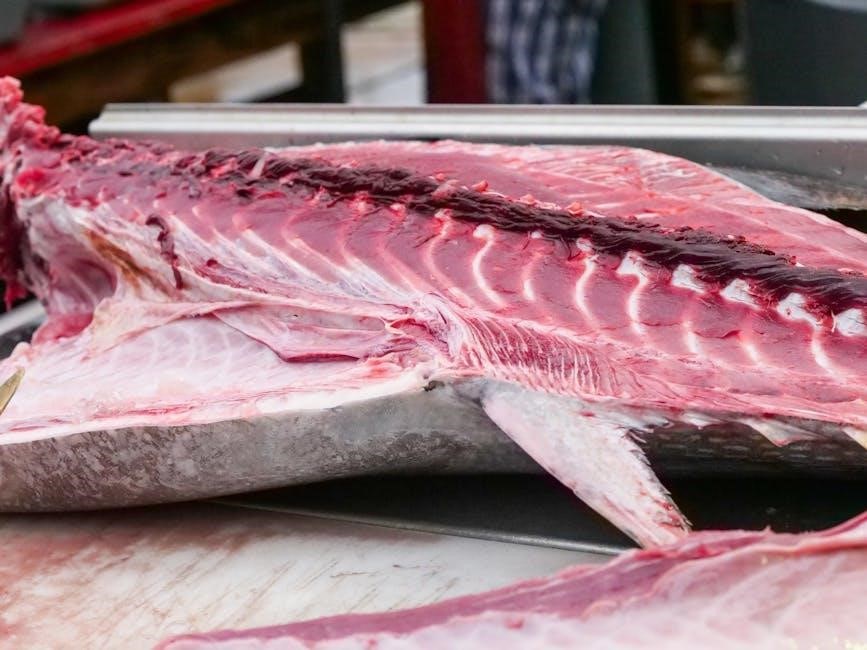Low-fat foods are those that contain a minimal amount of fat, often defined by specific thresholds per serving size․ These foods are formulated or naturally contain less fat than their regular counterparts, making them a dietary choice for some․
Definition of Low-Fat Foods
The term “low-fat foods” refers to edibles that have been processed or naturally composed to contain a reduced amount of fat compared to their standard versions․ Legal and nutritional guidelines often define low-fat based on specific thresholds, typically measured as grams of fat per serving․ For instance, a product might be labeled “low-fat” if it contains 3 grams of fat or less per serving, adhering to regulations set by health organizations․
This categorization helps consumers identify options that align with dietary preferences or health requirements, such as managing cholesterol or reducing caloric intake․ It’s important to carefully read food labels to understand the precise fat content and nutritional profile, ensuring informed choices that fit individual dietary goals․ While low-fat foods can be a part of a healthy diet, focusing on whole, unprocessed options is crucial for overall well-being․ Remember to balance these choices with other essential nutrients for a well-rounded dietary intake․
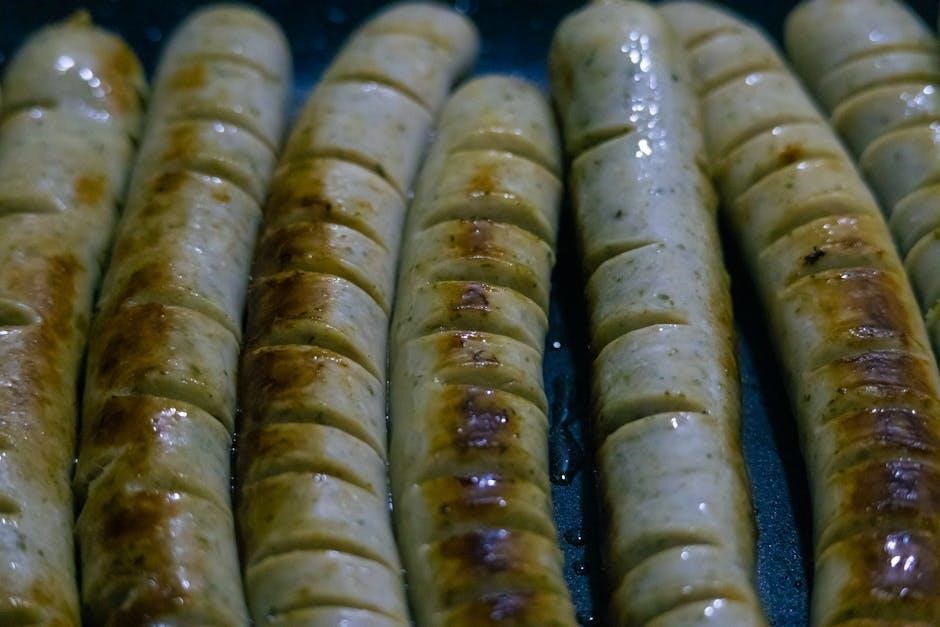
Understanding Low-Fat Foods
Importance of a Low-Fat Diet
A low-fat diet can play a crucial role in promoting overall health and well-being․ By reducing fat intake, individuals can manage their weight more effectively, as low-fat foods often contain fewer calories․ This dietary approach is particularly beneficial for those looking to lose weight or maintain a healthy body mass index․
Furthermore, a low-fat diet can significantly contribute to heart health․ Reducing the consumption of saturated and trans fats helps lower cholesterol levels, reducing the risk of heart disease and stroke․ This is especially important for individuals with a family history of cardiovascular issues or those already diagnosed with heart conditions․ A diet rich in low-fat foods can also improve digestion and nutrient absorption for some people․
Additionally, embracing low-fat options may aid in managing certain medical conditions․ For example, individuals with gallbladder issues or difficulty digesting fats may find relief by following a low-fat dietary plan․
Exploring low-fat options within each food group is essential for maintaining a balanced and healthy diet․ A variety of nutritious foods from the five food groups can be incorporated into a low-fat meal plan․
Low-Fat Dairy Products
Low-fat dairy products are excellent sources of calcium and protein without the high fat content․ Options include skim milk, which contains virtually no fat, and 1% milk, a step up with a small amount․ Non-fat yogurt is another fantastic choice, offering probiotics for gut health alongside essential nutrients․ Low-fat cottage cheese is a versatile, protein-rich option, while part-skim mozzarella provides a lower-fat alternative for cooking․
When selecting dairy products, prioritize those labeled “low-fat” or “fat-free․” Be mindful of added sugars in flavored yogurts and opt for plain varieties, sweetening them with fruit if desired․ Reading food labels is crucial to ensure you’re making the best choices for a low-fat diet․ Low-fat dairy products are essential for a healthy and well-balanced eating pattern․
Lean Meats, Poultry, and Fish
Incorporating lean meats, poultry, and fish into a low-fat diet is vital for obtaining protein and essential nutrients․ Opt for skinless chicken breast and turkey, which are naturally low in fat․ Choose lean cuts of beef like round or sirloin, trimming away any visible fat before cooking․ Fish, particularly white fish such as cod and haddock, are excellent low-fat choices․
When preparing these protein sources, avoid frying or adding high-fat sauces․ Instead, bake, grill, or steam them to maintain their low-fat profile․ Limit processed meats like sausages and hot dogs, as they often contain high levels of saturated fat․ Prioritize lean protein sources to support muscle health and overall well-being while adhering to a low-fat dietary approach․ Careful selection and preparation can significantly reduce fat intake․
Fruits and Vegetables
Fruits and vegetables are cornerstones of a low-fat diet, offering essential vitamins, minerals, and fiber with minimal fat content․ Most fruits and vegetables, including berries, apples, bananas, spinach, broccoli, and carrots, are naturally very low in fat․ Incorporating a wide variety ensures a diverse intake of nutrients․
Preparation methods significantly impact the fat content․ Steaming, grilling, or roasting vegetables without added oils maintains their low-fat profile․ Be mindful of dressings and sauces added to salads and cooked vegetables, opting for low-fat or fat-free alternatives․ While avocados and olives contain healthy fats, they should be consumed in moderation on a low-fat diet․ Prioritize fresh, frozen, or canned (low-sodium) options to maximize nutritional benefits while minimizing fat intake․
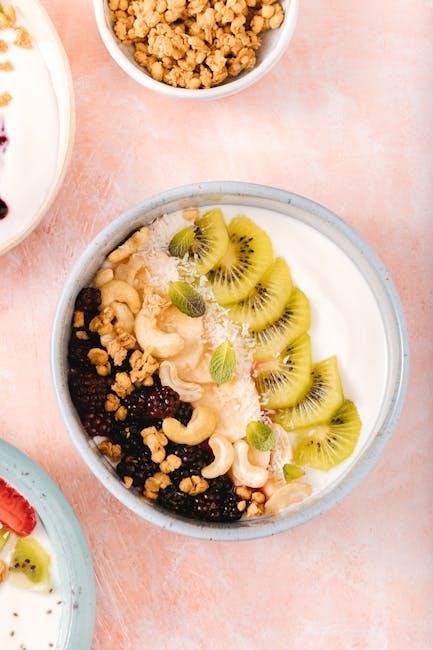
Food Groups and Low-Fat Options
Grains and Cereals
Grains and cereals can be excellent components of a low-fat diet, providing carbohydrates for energy and essential nutrients․ Whole grains like oats, brown rice, quinoa, and whole-wheat bread are generally low in fat․ However, it’s crucial to choose minimally processed options and be mindful of added ingredients․
Refined grains, such as white bread and pastries, often contain added fats and sugars, diminishing their nutritional value․ When selecting cereals, opt for those with low sugar and fat content, prioritizing whole grains․ Be cautious of granola and muesli, as they can be high in fat due to added nuts and oils․ Cooking methods also matter; avoid adding butter or oil to cooked grains․ Plain pasta is a good choice, but be mindful of high-fat sauces․
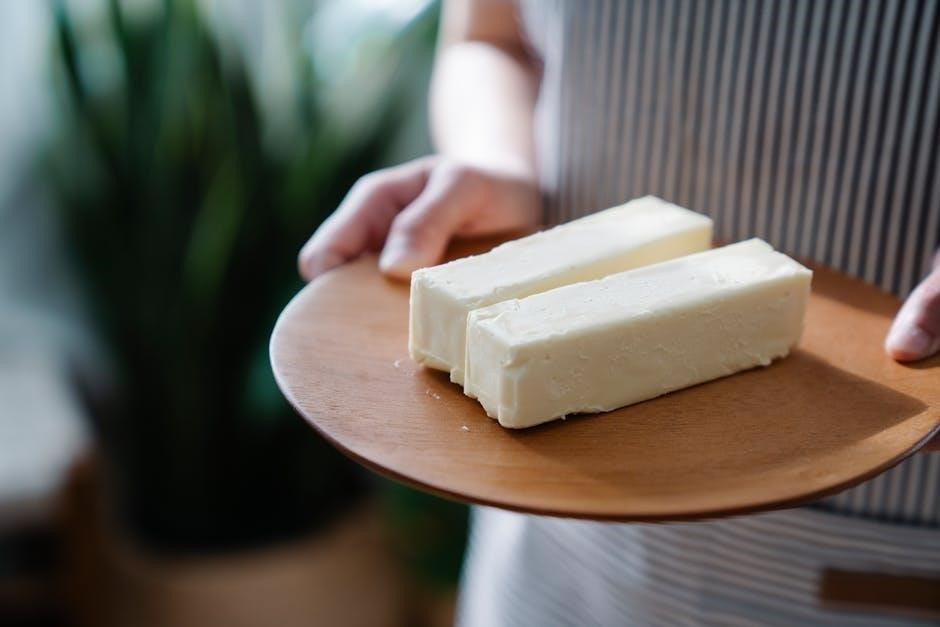
Foods to Limit on a Low-Fat Diet
When following a low-fat diet, it’s essential to minimize intake of foods high in fat to maintain the desired dietary goals․ These foods often contribute excess calories and can hinder progress towards health objectives, so moderation is key․
High-Fat Dairy Products
On a low-fat diet, limiting high-fat dairy products is crucial․ These items often contain significant amounts of saturated fat, which can negatively impact cardiovascular health and overall well-being․ Whole milk, with its higher fat content, should be replaced with skim or low-fat varieties to reduce overall fat intake․ Similarly, cream, whether used in coffee or cooking, is a concentrated source of fat and should be used sparingly or avoided altogether․
Regular cheese, especially hard cheeses like cheddar and Swiss, tends to be high in fat and should be limited․ Opt for low-fat cheese options like part-skim mozzarella or cottage cheese, but even these should be consumed in moderation․ Processed cheese slices and spreads often contain added fats and should be avoided in favor of less processed alternatives․ Ice cream, a popular dessert, is typically high in both fat and sugar․ Choose low-fat or nonfat frozen yogurt or sorbet as alternatives․
Furthermore, be mindful of dairy-based sauces and dressings, as they can be hidden sources of fat․ Read labels carefully to identify and limit these items․ Making informed choices about dairy products can significantly contribute to the success of a low-fat diet․
Fatty Meats and Processed Foods
When following a low-fat diet, limiting fatty meats and processed foods is essential for maintaining a healthy eating pattern․ Fatty cuts of beef, such as ribs and brisket, and pork products like bacon and sausage are high in saturated fat, which can raise cholesterol levels and increase the risk of heart disease․ Processed meats, including hot dogs, deli meats, and pre-packaged burgers, often contain added fats, sodium, and preservatives, making them less desirable choices․
Furthermore, processed foods like frozen dinners and packaged snacks can be significant sources of hidden fats․ These items often contain trans fats, which are particularly harmful to cardiovascular health․ Fried foods, such as french fries and fried chicken, should also be limited due to their high fat content․ Choosing leaner cuts of meat, such as chicken breast and fish, and preparing meals from scratch can significantly reduce overall fat intake․
Reading food labels carefully to identify and avoid processed foods with high fat content is crucial․ Opting for fresh, whole foods and cooking methods that minimize added fats can support a low-fat diet and promote better health․
High-Fat Sweets and Desserts
When adhering to a low-fat diet, it’s crucial to limit high-fat sweets and desserts, as they often contribute significantly to overall fat intake․ Traditional baked goods like cakes, pastries, and cookies are typically loaded with butter, oil, and cream, making them high in saturated and trans fats․ Chocolate, especially milk chocolate, is another source of hidden fats, as are ice cream and other dairy-based desserts․
Many commercially prepared sweets also contain added sugars, which can contribute to weight gain and other health problems․ Candies made with butter, oil, or coconut are especially high in fat and should be consumed sparingly․ Even seemingly innocent treats like doughnuts and sweet rolls can sabotage a low-fat diet due to their high fat content․
Opting for low-fat alternatives, such as fruit-based desserts, sorbet, or homemade baked goods with reduced fat and sugar, can help satisfy sweet cravings without derailing your dietary goals․ Reading labels carefully to identify hidden fats and choosing smaller portions of high-fat treats can also be effective strategies for managing fat intake while still enjoying an occasional indulgence․
To make informed low-fat choices, understanding fat content on food labels is crucial․ Pay attention to total fat, saturated fat, and trans fat amounts per serving to manage your daily intake effectively․
Understanding Fat Content on Labels
Navigating the world of low-fat eating requires a keen understanding of food labels, particularly the section detailing fat content․ Begin by examining the “Total Fat” value, which indicates the total amount of fat in a single serving․ For a food to be considered low-fat, it generally needs to have 3 grams of fat or less per serving․
Next, pay close attention to the breakdown of fat types, including saturated fat, trans fat, and unsaturated fats․ Saturated and trans fats should be limited as they can negatively impact heart health․ Aim for foods with lower amounts of these unhealthy fats․ Unsaturated fats, on the other hand, can be beneficial when consumed in moderation․
The % Daily Value (DV) is another important element on the label․ It tells you what percentage of the recommended daily intake of fat is in one serving of the food․ As a general rule, 5% DV or less is considered low, while 20% DV or more is considered high․ Use this information to guide your choices and ensure you’re staying within your desired fat intake range․
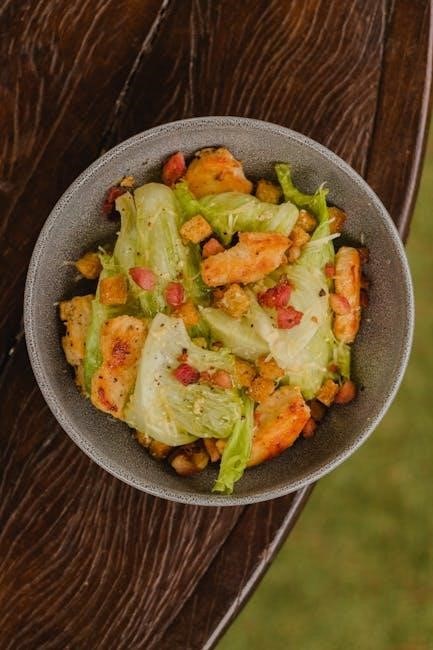
Reading Food Labels for Low-Fat Choices
Identifying Hidden Fats in Foods
Mastering the art of low-fat eating involves more than just reading the “Total Fat” number on food labels; it requires becoming a detective to uncover hidden fats lurking in seemingly innocent products․ Many processed foods contain unexpected sources of fat that can sabotage your efforts to maintain a low-fat diet․
One common culprit is added oils, such as palm oil, coconut oil, or hydrogenated oils, which are often used to enhance texture or extend shelf life․ Be wary of ingredients like “partially hydrogenated vegetable oil,” as it indicates the presence of unhealthy trans fats․
Sauces and dressings are another potential hiding place for fats․ Cream-based sauces, mayonnaise, and many commercial salad dressings can be surprisingly high in fat․ Opt for low-fat or fat-free alternatives, or better yet, make your own dressings at home using ingredients like vinegar, lemon juice, and herbs․
Even some baked goods and snacks can contain hidden fats in the form of butter, shortening, or nuts․ Always check the ingredient list carefully and be mindful of portion sizes to avoid overconsuming these hidden sources of fat․
Sample Low-Fat Meal Plan Ideas
Embarking on a low-fat diet doesn’t mean sacrificing flavor or satisfaction․ With a little creativity and planning, you can enjoy delicious and nutritious meals that align with your dietary goals․ Here are some sample low-fat meal plan ideas to inspire your culinary journey;
Start your day with a bowl of oatmeal made with skim milk, topped with fresh berries and a sprinkle of nuts․ For lunch, try a turkey breast sandwich on whole-wheat bread with lettuce, tomato, and mustard, accompanied by a side salad with a low-fat vinaigrette․
Dinner could consist of baked chicken breast with roasted vegetables like broccoli, carrots, and sweet potatoes․ Alternatively, opt for a lentil soup with a side of whole-grain bread․
Snacks can include fruits, vegetables with hummus, or low-fat yogurt․ Remember to stay hydrated by drinking plenty of water throughout the day․ These are just a few examples, feel free to adapt them to your preferences and dietary needs․ The key is to focus on lean proteins, whole grains, fruits, vegetables, and low-fat dairy options, while limiting processed foods, saturated fats, and added sugars․
